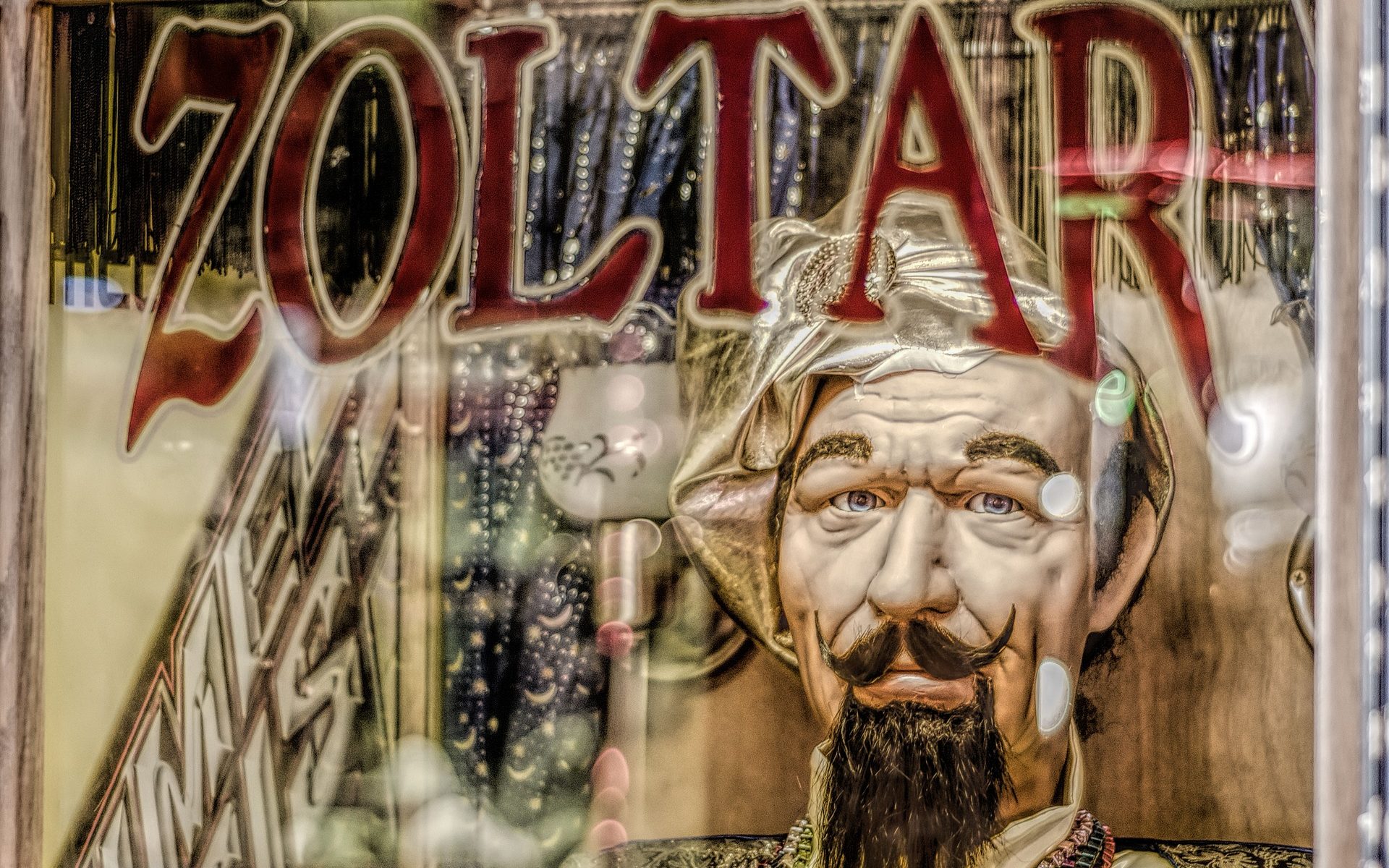Midnights tells the story of “13 sleepless nights,” according to the queen herself, Taylor Swift. While on the surface this collection is a set of poppy-techno songs, the lyrics carry a much deeper philosophical significance with many of Swift’s songs detailing internal conflicts at midnight. Swift’s song Anti-Hero expresses some of her deepest self loathing and fears of consequences that may come from being such a prominent figure in the public sphere. With the chorus “It’s me, Hi, I’m the problem, it’s me,” Swift is taking ownership of her intrusive thoughts. Instead of letting others (the public) put that on her and shame her for her insecurities, she’s coming out first and saying it as a means of empowering herself.
Fans, “Swifties” as they self proclaim, have gotten a taste of Taylor Swift’s tendency to reclaim her own identity many times in albums like 1989, Reputation, Lover, Folklore/Evermore, and most recently, Midnights. What these albums all have in common is that each time Swift reinvented herself and her public image – because as she tells fans, she writes what she wants to when she wants to. Swift writes, “‘She’s laughing up at us from hell!’” With lyrics like this Swift uses irony and sarcasm to show the world she hears its criticism, and her lyrics reflect how little she cares about others’ opinions. How does this connect to philosophy? Swift is exhibiting what is termed egoism, a theory that claims “each person has but one ultimate aim: her own welfare” (Stanford Encyclopedia of Philosophy). Every time Swift releases a new album, it is on her own terms. She defies stereotypes by producing music of new genres each time; she doesn’t let her previous image constrain her creative horizons. Her motivation with each new album is to stay true to herself, and as her identity changes, her music changes with her. Swift’s constant changing between genres and identities takes her and her audience to new levels of emotional and philosophical introspection as with each song and era, her listeners can feel inspired to stay true to themselves and feel empowered as they deal with uncertainty and change in their lives.





